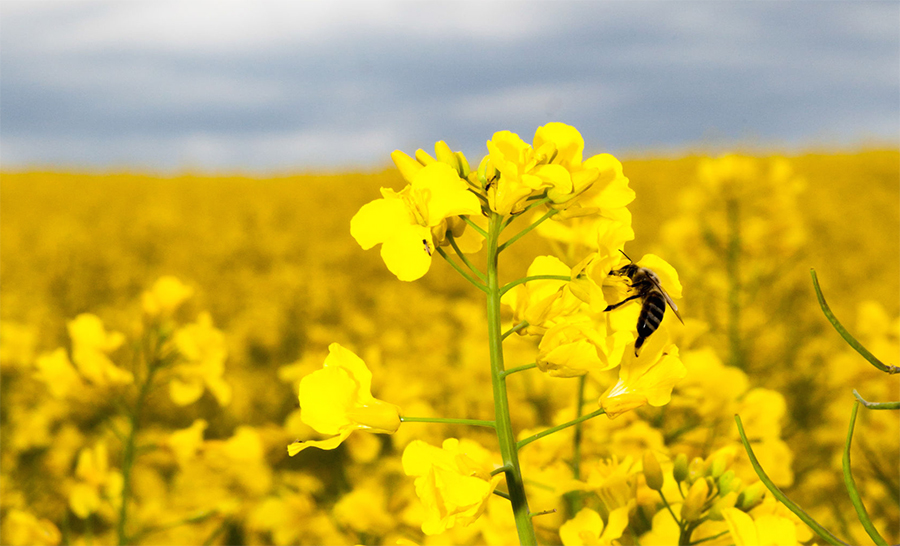
AHDB has published a review of its work commissioned in response to the restriction on the use of neonicotinoid seed treatments in winter oilseed rape (OSR).
The review outlines recent UK OSR market trends and takes a ‘big-picture’ look at the findings arising from several key AHDB cabbage stem flea beetle (CSFB) impact research projects.
In relation to CSFB impact research, the review analyses data – gathered since 2014 – which has improved understanding of CSFB incidence and severity, lifecycle and control options.
Caroline Nicholls, AHDB Crop Protection Scientist, said: "We’ve pulled together several strands of information in this review.
"For the first time, all our independent evidence is now available in one place.
"Our findings will help put the industry in the strongest position to grow oilseed rape in the face of constrained chemical options."
Market trends
In relation to market trends, the review reflects on the recent declines in OSR production which have been driven by lower returns and higher risks associated with growing the crop.
In terms of higher risks, the review cites the 2014 AHDB Winter Planting Survey which estimated that around 38,000ha more winter oilseed rape may have been planted in autumn 2014 if neonicotinoids had not been restricted.
Incidence and severity
In relation to CSFB incidence and severity, the review found that CSFB is distributed widely throughout the UK and an estimated 76% (2014) and 70% (2015) of the UK crop has been negatively affected.
To help quantify the negative effect, the review looked at data on the national average of CSFB damage exceeding control thresholds at crop emergence – 44% (2014) and 22% (2015).
In terms of crop loss, the review stated that area of crop lost in autumn 2014 was estimated at 5% (equating to approximately 31,000ha across England).
As reported previously, some of the area (1.5%) was subsequently replanted resulting in a total loss of 3.5% – valued at approximately £23M.
Most of the area lost was in the East (62% of the national area of crop lost with a value of approximately £13M).
The review pinpoints several counties in the Eastern region that have had relatively high levels of CSFB pressure (adults and larvae) – Bedfordshire, Cambridgeshire, Essex, Hertfordshire and Suffolk.
Lifecycle and control options
The review also pieces together information received by AHDB which has improved knowledge of the lifecycle of CSFB, as well as the viability of chemical and cultural control options.
A main conclusion is that complex interactions exist between OSR and CSFB adults and larvae and that population levels fluctuate in response to weather.
In relation to control, it was concluded that integrated pest management (IPM) had become more important but several practical considerations limit the potential for non-chemical options to be used.
The review also provides information on pyrethroid resistance in CSFB population. Resistance has hampered the usefulness of alternative chemical control options.
Due to the uncertainty associated with alternative control options, a £150k call was issued by AHDB earlier this week to assist with the development of IPM strategies.
People, from organisations with a proven experience of conducting relevant high-quality research, are invited submit an application by 6 May 2016.
